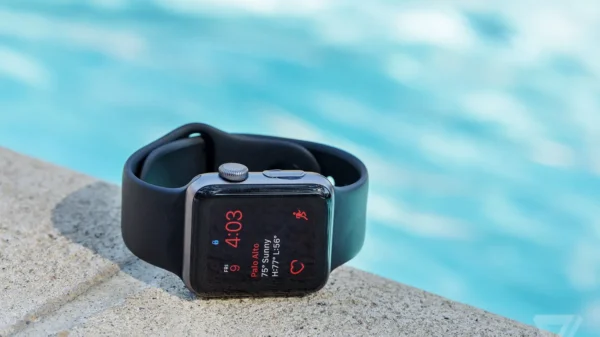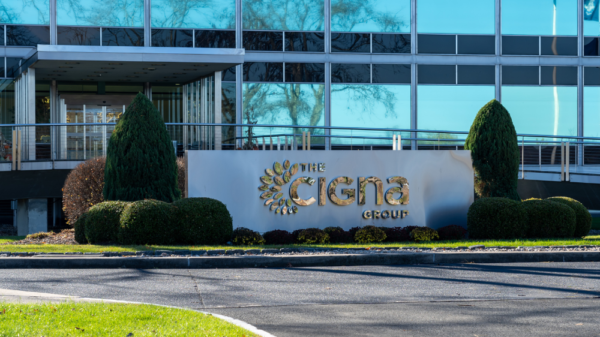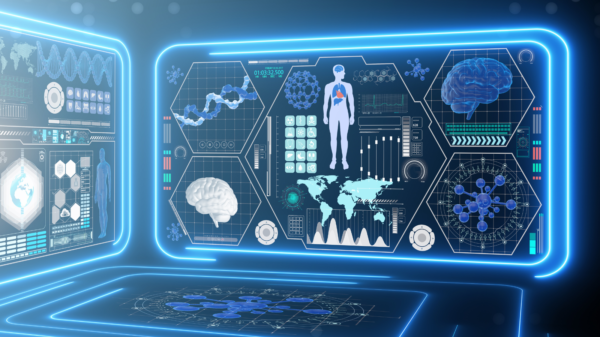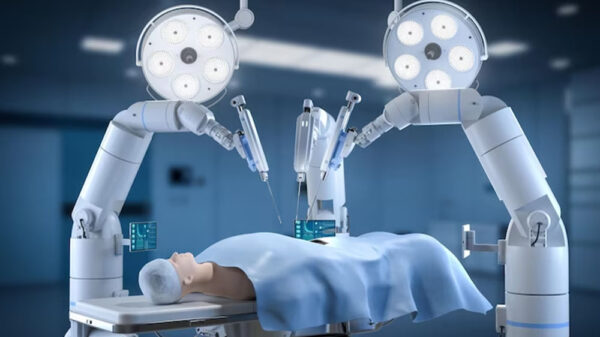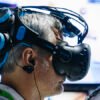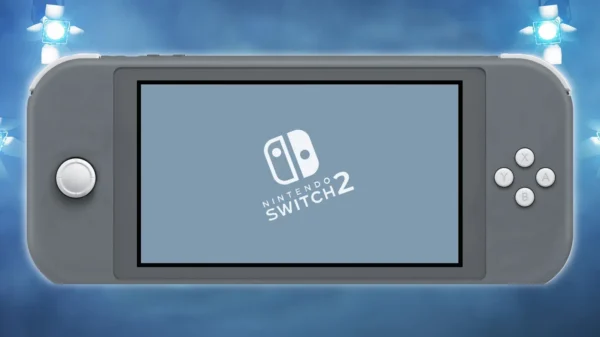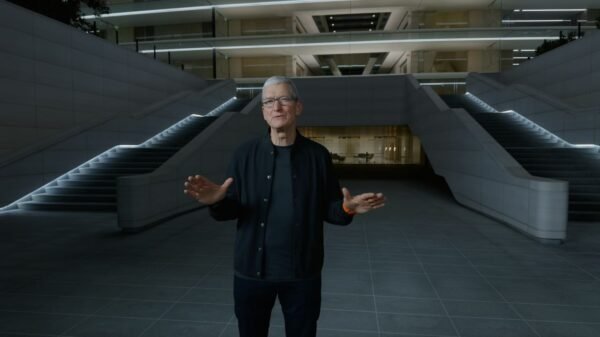A Digital Shift in Healthcare Delivery
The expansion of telehealth and mobile health (mHealth) marks a pivotal transformation in the healthcare landscape. These digital platforms are reshaping how care is delivered, allowing patients and providers to connect remotely for consultations, health tracking, and education. As healthcare systems seek scalable and accessible solutions, telehealth and mHealth are emerging as central pillars of modern care delivery.
The Rise of Remote Consultations
Telehealth services have gained rapid traction by enabling real-time, virtual consultations between healthcare providers and patients. Through secure video platforms and teleconferencing tools, patients can receive diagnoses, treatment plans, and follow-up care without visiting a clinic. This approach has proven especially beneficial in rural areas and underserved communities where medical resources are limited.
Enhancing Patient Monitoring Through mHealth
mHealth applications extend the reach of healthcare by allowing patients to track and manage their health using smartphones, tablets, and wearable devices. These tools monitor vital signs, medication adherence, sleep patterns, and physical activity. Clinicians can access this data remotely, enabling them to detect early warning signs and intervene proactively, thus preventing complications and hospitalizations.
Improving Access to Care Across Demographics
One of the key strengths of telehealth and mHealth is their ability to improve access to care for a wide range of populations. Elderly patients, individuals with mobility limitations, and those living in remote areas now have a direct channel to professional medical advice. This digital access helps reduce health disparities and ensures more equitable care distribution.
Empowering Patients Through Health Education
Beyond treatment and monitoring, mHealth platforms play a vital role in educating patients. Many apps provide personalized health content, medication reminders, nutritional advice, and mental wellness resources. By fostering greater health literacy, these platforms empower users to make informed decisions and take a more active role in managing their conditions.
Streamlining Chronic Disease Management
For patients with chronic conditions such as diabetes, asthma, or hypertension, continuous care is essential. Telehealth and mHealth make it easier for these individuals to stay in touch with healthcare teams and adhere to care plans. Frequent digital check-ins, combined with remote data tracking, help healthcare providers adjust treatments in real time, improving outcomes and reducing emergency visits.
Reducing Healthcare System Burdens
Telehealth and mHealth solutions offer substantial relief to overburdened healthcare systems. By diverting non-emergency consultations and follow-ups to virtual platforms, hospitals and clinics can reserve physical space and resources for more critical cases. This leads to improved workflow efficiency, shorter wait times, and reduced operational costs.
Integration With Electronic Health Records (EHRs)
Many telehealth and mHealth platforms are now integrated with Electronic Health Record systems, allowing for seamless documentation and coordination of care. When patient data from remote visits is automatically added to their medical history, providers can make better-informed decisions and ensure continuity of care across all treatment touchpoints.
Regulatory Support and Reimbursement Progress
Government agencies and insurance providers are increasingly recognizing the value of virtual healthcare. In many regions, telehealth services are now reimbursed at rates comparable to in-person visits. Regulatory reforms have also relaxed licensing restrictions and improved data privacy protocols, making it easier for providers to deliver digital care across state and national lines.
Technological Advancements Driving Growth
The continued expansion of telehealth and mHealth is fueled by advancements in technology. Faster internet speeds, 5G connectivity, AI-driven diagnostic tools, and more sophisticated wearable devices have made digital health interactions more effective and reliable. These innovations enhance user experience and drive higher adoption rates across demographics.
Challenges in Digital Health Adoption
Despite its many advantages, the expansion of telehealth and mHealth is not without challenges. Issues such as limited digital literacy, unequal internet access, and concerns around data privacy remain barriers to widespread implementation. Addressing these challenges requires investment in infrastructure, education, and secure technology solutions.
Mental Health Services Go Digital
Mental health has become one of the most rapidly growing sectors within telehealth. Online therapy sessions, mood-tracking apps, and AI-powered chatbots are making mental health support more accessible and destigmatized. These services offer flexible, discreet care for individuals who may not otherwise seek help due to geographic or social barriers.
Pandemic-Driven Acceleration
The COVID-19 pandemic acted as a catalyst for digital health adoption. Lockdowns and social distancing prompted healthcare providers to pivot rapidly toward telehealth solutions. This acceleration proved the feasibility of virtual care at scale, and many of the innovations adopted during the pandemic are now permanent fixtures in healthcare delivery.
Global Expansion and Cross-Border Care
Telehealth and mHealth are also expanding on a global scale. International collaborations and cross-border telemedicine services are becoming more common, especially for specialist consultations and second opinions. These global networks enhance care access in regions where medical expertise is scarce or geographically concentrated.
A Future-Ready Healthcare Model
As healthcare continues to evolve, telehealth and mHealth will play an increasingly central role in creating patient-centered, tech-enabled ecosystems. With ongoing innovation, policy support, and improved digital literacy, these platforms have the potential to make healthcare more proactive, inclusive, and efficient for generations to come.














